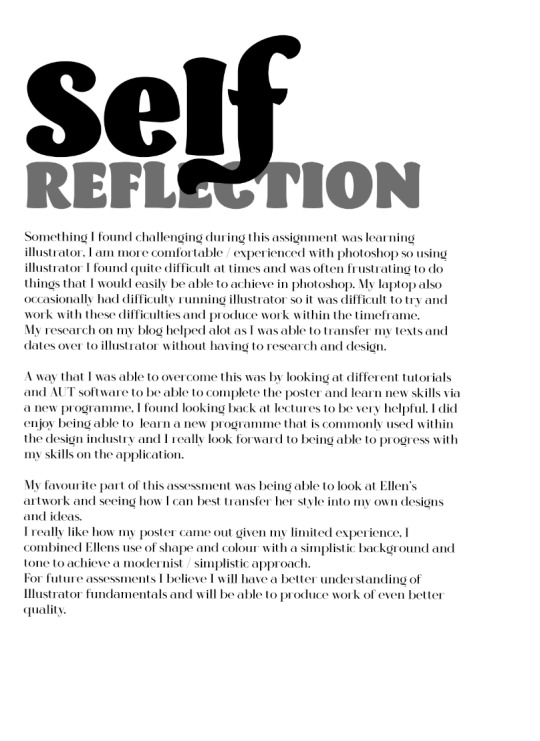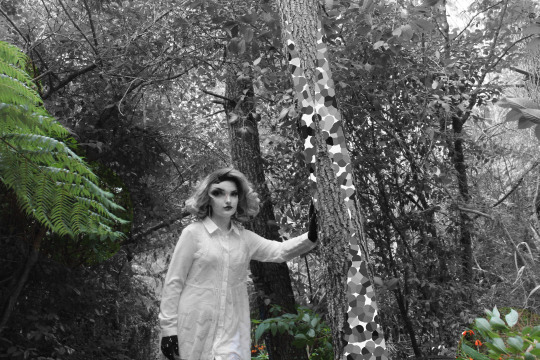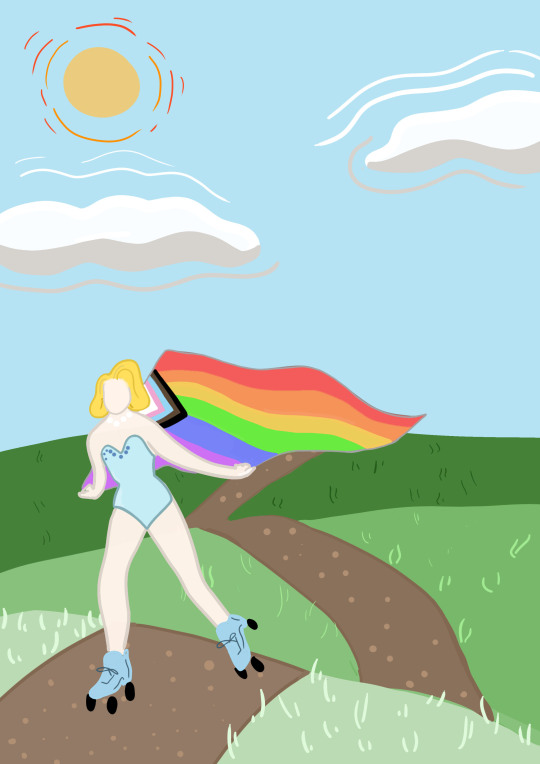Text
SDL Holiday preparation (12 Pages)
Front Cover: Something I explored was Ellen Lupton's favourite typography posters - I would like to try something like this with Bold and large text alongside imagery and colour.
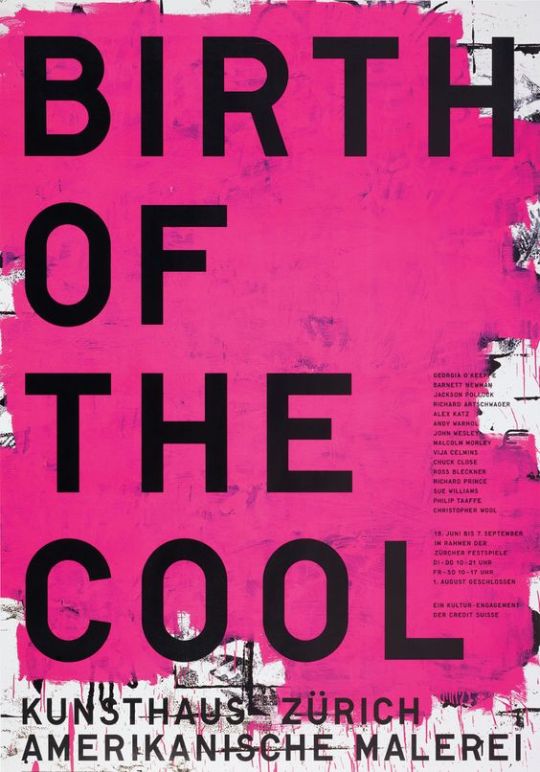


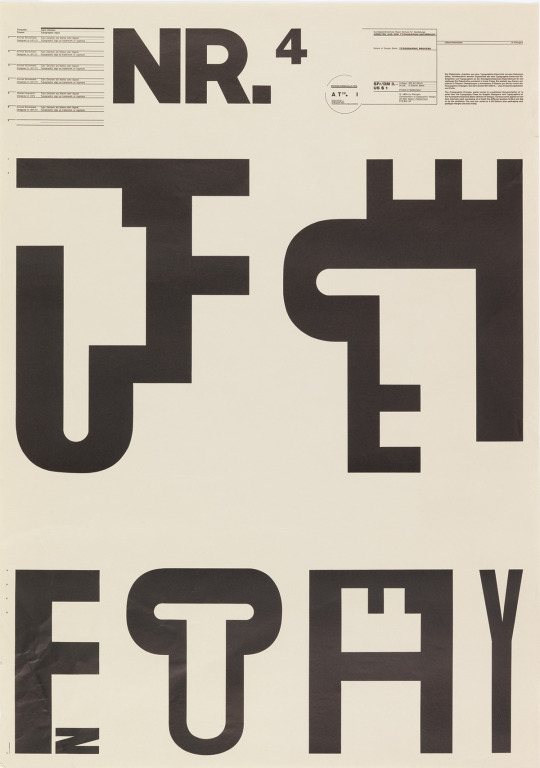
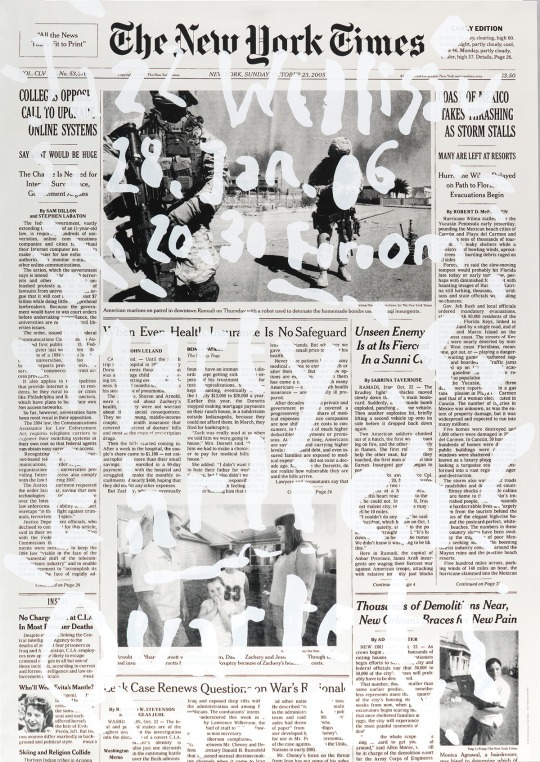
Page 2: Quotes and Imagery: https://www.goodreads.com/author/quotes/39248.Ellen_Lupton - Quotes from Ellen Lupton and which books / magazines they are from, I think this site will be very useful for my pages.




How posters work - Cooper Hewitt, Smithsonian Design Museum, 2015

Q & A with Ellen Lupton PUBLISHED APRIL 1, 2009
“Ellen Lupton makes this industry smarter. If graphic design has a sense of its own history, an understanding of the theory that drives it and a voice for its continuing discourse, it’s largely because Lupton wrote it, thought it or spoke it.” — Katherine Feo, AIGA
How would you define ‘indie publishing’?
Indie publishing is author-driven. The traditional publishing industry is controlled by publishing professionals — editors, marketing people, promotional staff, and the publishers in charge. These are all skilled people. In our book, we use the term broadly, to encompass everything from handmade zines to print-on-demand books to offset publications distributed by the authors to small imprints created by design firms who wanted to get into the content business.
How is it different from the traditional publishing industry?
Because it’s author-initiated, indie publishing side-steps the traditional barriers of the publishing industry. It gets beyond the gatekeepers. Now, those gatekeepers act as guardians of quality to some degree, but they also contribute to a homogeneous and profit-driven publishing industry that many authors find hostile and hard to penetrate. Indie publishing often serves niche or local markets that can’t be addressed by mainstream publishing.
What are the benefits of publishing yourself?
If you have had difficulty breaking into the mainstream publishing world, going independent is liberating. If you end up producing a successful book, the profits can be substantial, but this shouldn’t be the main motive to get into publishing. Few authors make substantial bucks on their books — regardless of who publishes them. For most of us, writing and producing books is a labor of love.
What are the risks?
Most forms of indie publishing cost money, and that’s a risk. When you work with a commercial publisher, they foot the printing bill. Publishers also provide essential services like editing, proofreading, design, distribution, and marketing. The indie publisher has to take on all these tasks alone (or find friends to help out). It’s not easy, especially the distribution part. Self-published books are still viewed as less legitimate than commercially published books, although this is starting to change.
Do you see indie publishing as part of a wider D.I.Y. movement?
We are seeing more independent production in all creative fields — music, art, theater, design, etc. Younger creative people are interested in creating new institutions and networks outside the official art world or music/literature establishments. They are comfortable using technology to disseminate their ideas.
How has the internet affected the development of indie publishing?
The internet allows indie publishers to reach potential readers outside the bookstore system. Today, anyone can set up an Amazon Marketplace account or sell publications directly from their web sites. Print-on-demand publishers like Lulu and Blurb produce books when someone buys them, sending the finished book directly to the customer. These technologies are creating new possibilities for authors, especially those whose work is directed at narrower, smaller audiences.
What advice would you give someone publishing their first book?
Love your book. Get advice from lots of people in order to have the best possible content. Consider the different avenues that exist for publishing your work, including mainstream publishing as well as independent ventures.
Think about your audience and the best way to reach them. And think about your own primary goals for publishing a book. For example, an artist having a gallery exhibition might use a print-on-demand book as a tool for building his or her career via grant applications, networking with galleries and curators, securing lecturing and teaching opportunities, and more. A well-designed, carefully authored book has many functions. Selling copies to lots of people is just one of them. You might use a book as professional portfolio for landing a job or attracting clients — maybe all you need is a few copies.
What are some of the common mistakes people make designing books?
It’s important to use good software. The industry standard today is Adobe InDesign, which is available for both Mac and PC and can be easily learned via software manuals or technical workshops. Programs like Microsoft Word or Publisher are extremely cumbersome and will ultimately be frustrating to a person trying to design a refined and elegant book. Choosing a good typeface is also important. Avoid Times Roman, which was originally designed for newspapers and is so widely used as to be banal. Beautiful, high-quality typefaces such as Garamond often come bundled with layout software and computer operating systems. Keeping your design simple and consistent from page to page is a rule of thumb for any book design. You also need to “unlearn” some habits from high school, such as leaving two spaces between sentences — this is not done in formal typesetting, and it will make your book look amateurish.
What do you look for in good book design?
Beautiful type, elegant margins, consistent pages.
Have you ever bought a book just for its cover?
Of course! Cover design is extremely important. A cover is not only a billboard advertising your book on a shelf, it’s also an online logo for your book that needs to look great at 100 pixels high. Getting help from a good graphic designer on your book cover is a worthwhile investment.
What will be the impact of e-books on publishing?
I believe that e-books are going to be very, very good for authors. By lowering the cost of publishing, e-books will make it easier for more authors to get their work published and to reach specific audiences who want their content. What I’m less sure about is how e-books will affect graphic designers!
Are we finally seeing the ‘End of Print’?
I do believe there is a sea change going on. After decades of unsuccessful attempts at creating electronic book readers, suddenly the time seems right. I don’t think print will disappear, but I think we will see less of it. It remains a tactile, permanent, stable medium that users can feel a personal attachment to.
What role do you think print-on-demand will play in the future?
Print-on-demand is where digital media and print meet. I think we will see a lot more of this as prices go down in the future. Ultimately, it is a more sustainable way to publish and involves less financial risk, but right now, it is too expensive for large-scale endeavors.
How will e-books and print co-exist?
E-books are great for disposable reading — magazines, casual fiction, newspapers. Perhaps every physical book in the future will come with an e-book supplement. I often want to quickly reference a book I read, and e-books would be great for that. Personally, I collect books, but I don’t need to keep the latest Richard Price book on my shelf forever.
As a designer, do you feel an attachment to print?
I am very attached to print. I don’t want to see it disappear in my own lifetime, that’s for sure. I love the tactility, permanence, and scale. But I do find myself reading more and more online.
Princeton Architectural Press and Cooper Hewitt, Smithsonian Design Museum, 2002
“Ellen Lupton is a writer, curator, educator, and designer. Lupton is the Betty Cooke and William O. Steinmetz Design Chair at MICA (Maryland Institute College of Art) in Baltimore, where she has authored numerous books on design processes, including Thinking with Type, Graphic Design Thinking, Graphic Design: The New Basics, and Type on Screen. She serves as a senior curator at Cooper Hewitt, Smithsonian Design Museum in New York City. Recent exhibitions include Herbert Bayer: Bauhaus Master, Face Values: Understanding A.I., The Senses: Design Beyond Vision, Beauty—Cooper Hewitt Design Triennial, How Posters Work, and Beautiful Users. Her book Design Is Storytelling was published by Cooper Hewitt in 2017. She received the AIGA Gold Medal for Lifetime Achievement in 2007. She was named a Fellow of the American Academy of Arts & Sciences in 2019.”
EDUCATION BFA, The Cooper Union for the Advancement of Science and Art, 1985. Doctorate in Communication Design (DCD), University of Baltimore, 2008.
Ellen Lupton introduction: Ellens MICA program is focused towards graphic design as a legible, understandable, practical discipline. The work that the students do is founded in the reality of design practice. The work is self-motivated and experimental and aimed at meeting the demands of the design industry.
“Increasingly, our students come to MICA with ideas for their own books. And they see MICA as a place where the faculty is very active in the design field. We can make connections for a graduate student who has the ability to write and publish. Increasingly, our alums are going out and publishing their own books in addition to working as designers in a range of studios and companies.” - Ellen runs her own design centre, and education programme - where students and young creatives can go for ideas.
“To me, success is being part of a community and engaging in a conversation about what you do. That community can be large or small. It can be focused around something narrow and professional like typeface design or publication design, or it could be more outward and social, like exploring “slow design” or building up the cycling community where you live. Success means being part of a conversation. You’re not just going to work every day and getting stuff done for clients; you’re contributing to something bigger. You’re engaged in the AIGA or in community organizing around design or social issues or national politics — anything.”
Ellens work focuses on social justice, movements and communities. Her main style is bold, powerful and follows a going with the grid format. Ellen believes success comes from being inspired by peers, and working with those around you. Ellen is inspired by typography, and is driven by reworking fonts.
0 notes
Text
Final poster design
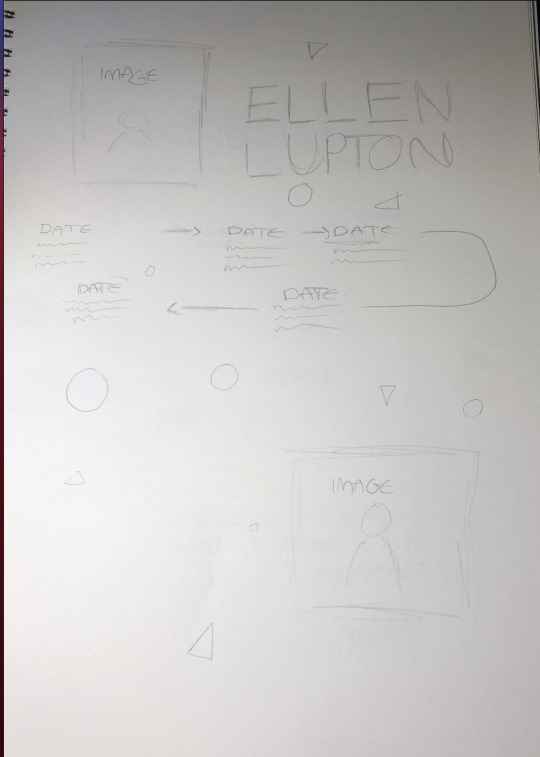
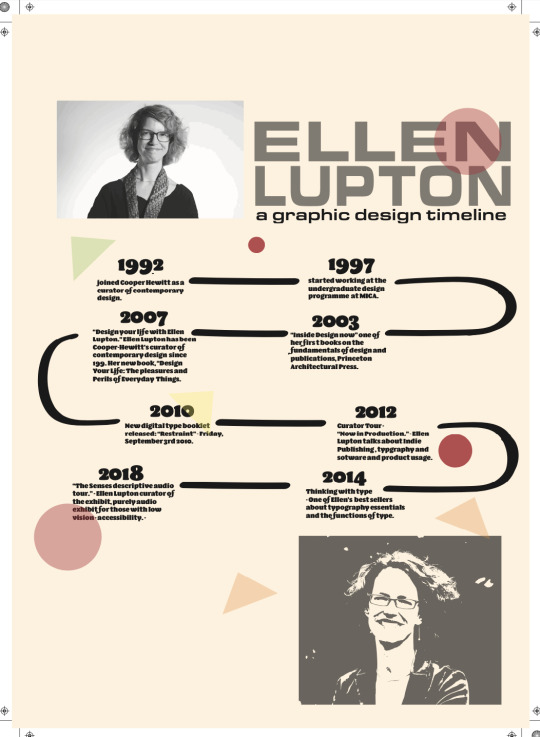
I decided on sketching out this as my final poster, I used Ellens use of colour blocking and space and trailing out different opacities in my own style.
I really enjoy how this combines both of our styles and I think it looks quite Modernist but also playful with the shapes.
0 notes
Text
Further poster and timeline examples of Ellen Lupton’s work.

Ellen Lupton’s “Design tantrum” (2007) - I liked how Ellen used a beige background here with some ranges in opacity and transparency im going to try out something similar with my poster.
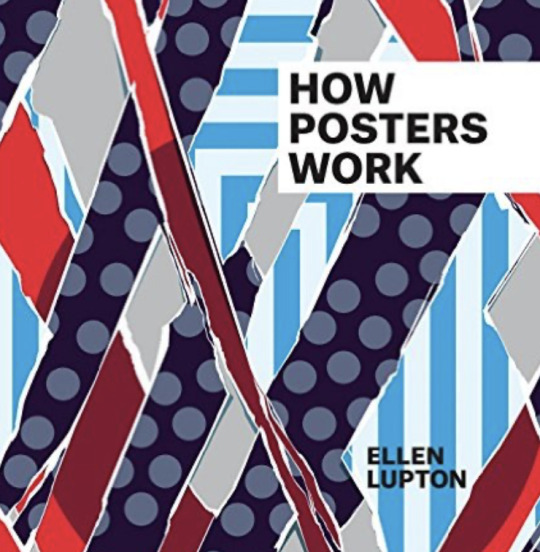
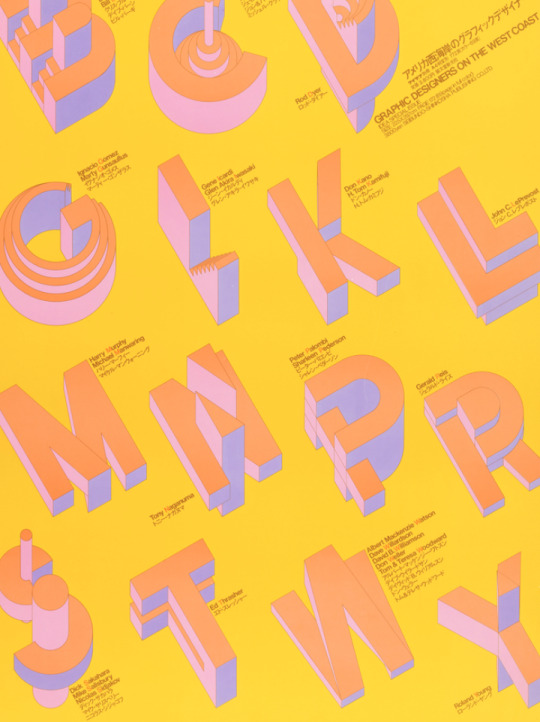
“How Posters work” - I had a look at Ellen’s exploration of type and liked how she lays out fonts / layers.
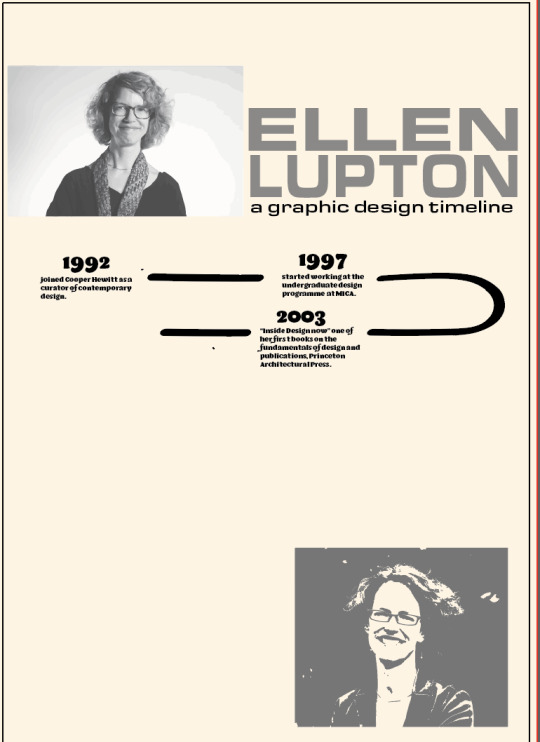
This is the beginning stage of my timeline poster, I would like to explore some textures and opacity differences in the background, I liked how I did the picture in the bottom corner as it relates to Ellen’s use of outline / shape by greying out the background and making it a solid composition.
0 notes
Text
Vector Image
Vector graphics are created via a sequence of commands to form even and smooth curves, shapes and lines. They are alot easier to reverse than rasterised pixel images as you are able to delete and undo areas instead of the whole drawing at once. (Crisper display)
0 notes
Text
Ellen Lupton - NZ Designer
“Increasingly, our students come to MICA with ideas for their own books. And they see MICA as a place where the faculty is very active in the design field. We can make connections for a graduate student who has the ability to write and publish. Increasingly, our alums are going out and publishing their own books in addition to working as designers in a range of studios and companies.” - Ellen runs her own design centre, and education programme - where students and young creatives can go for ideas.
“To me, success is being part of a community and engaging in a conversation about what you do. That community can be large or small. It can be focused around something narrow and professional like typeface design or publication design, or it could be more outward and social, like exploring “slow design” or building up the cycling community where you live. Success means being part of a conversation. You’re not just going to work every day and getting stuff done for clients; you’re contributing to something bigger. You’re engaged in the AIGA or in community organizing around design or social issues or national politics — anything.”
Ellens work focuses on social justice, movements and communities. Her main style is bold, powerful and follows a going with the grid format. Ellen believes success comes from being inspired by peers, and working with those around you. Ellen is inspired by typography, and is driven by reworking fonts.
Lupton sees design as a “Revelation” and a way to progress in society.
“Design your life with Ellen Lupton.” - June 29 2007 -
Ellen Lupton has been Cooper-Hewitt's curator of contemporary design since 1992. Her new book, Design Your Life: The Pleasures and Perils of Everyday Things.
New Digital Type: Restraint - On Friday, September 3, 2010
Curator Tour - “Now in Production”. 2012 - Ellen Lupton talks about indie publishing, typographic spectacle, non-normative software use, and design as fiction.
Thinking with type - 2014
.
“The Senses descriptive audio tour.” - Ellen Lupton curator of the exhibit, purely audio exhibit for those with low vision - accessibility. -May 24, 2018
MICA - Design school, the faculty is very active in the design field, increasingly, the schools alums are going out and publishing their own books in addition to working as designers in a range of studios and companies. (Maryland Institute) - 1826.
Ellens MICA program is focused towards graphic design as a legible, understandable, practical discipline. The work that the students do is founded in the reality of design practice. The work is self-motivated and experimental and aimed at meeting the demands of the design industry.
Thinking with type - 2014

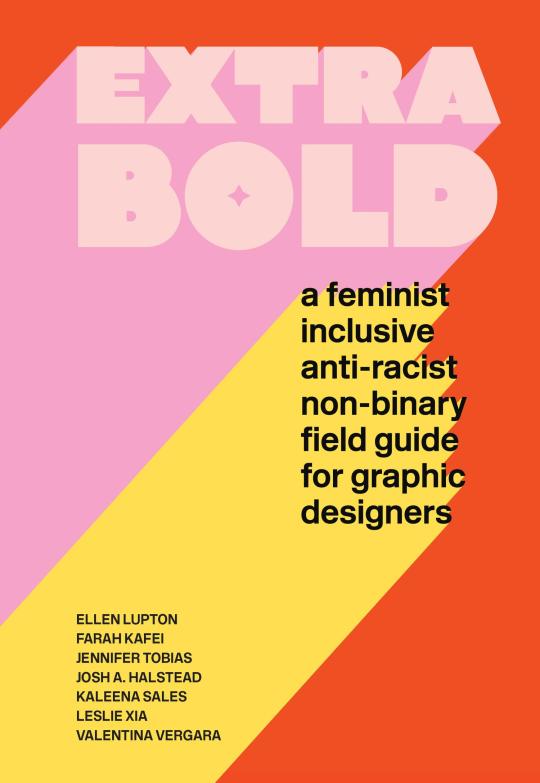
Self portraits
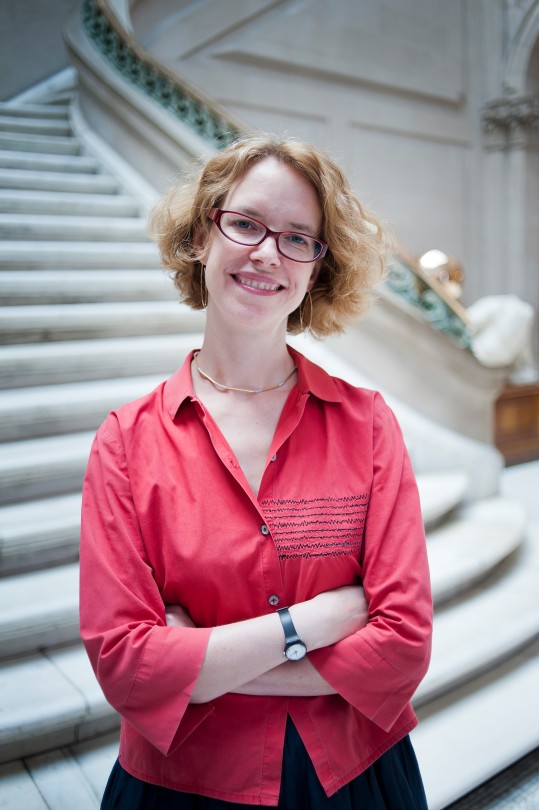



How posters work - Cooper Hewitt, Smithsonian Design Museum, 2015

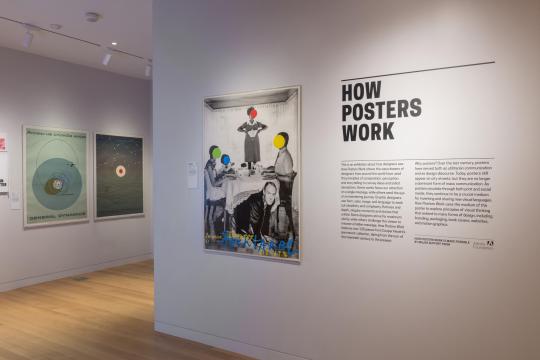
The exhibition at Cooper Hewitt, Smithsonian Design Museum, presented as a design primer.
Designed by Ellen Lupton

Ellen Lupton
Design Is Storytelling
Cooper Hewitt, Smithsonian Design Museum, 2017
Illustrated by Jennifer Tobias
Cover design by Jason Gottlieb
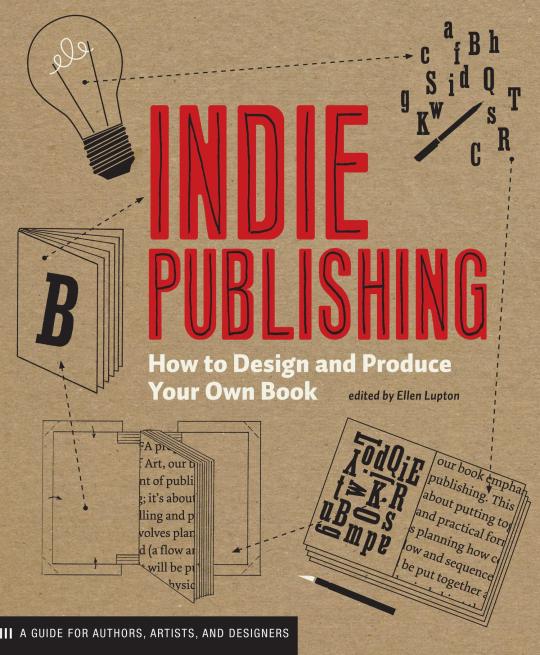
Ellen Lupton, editor
Indie Publishing: How to Design and Produce Your Own Books
Princeton Architectural Press and Maryland Institute College of Art, 2008

Ellen Lupton
Skin: Surface, Substance + Design
Princeton Architectural Press and Cooper Hewitt, Smithsonian Design Museum, 2002
“Ellen Lupton is a writer, curator, educator, and designer. Lupton is the Betty Cooke and William O. Steinmetz Design Chair at MICA (Maryland Institute College of Art) in Baltimore, where she has authored numerous books on design processes, including Thinking with Type, Graphic Design Thinking, Graphic Design: The New Basics, and Type on Screen. She serves as a senior curator at Cooper Hewitt, Smithsonian Design Museum in New York City. Recent exhibitions include Herbert Bayer: Bauhaus Master, Face Values: Understanding A.I., The Senses: Design Beyond Vision, Beauty—Cooper Hewitt Design Triennial, How Posters Work, and Beautiful Users. Her book Design Is Storytelling was published by Cooper Hewitt in 2017. She received the AIGA Gold Medal for Lifetime Achievement in 2007. She was named a Fellow of the American Academy of Arts & Sciences in 2019.”
EDUCATION
BFA, The Cooper Union for the Advancement of Science and Art, 1985.
Doctorate in Communication Design (DCD), University of Baltimore, 2008.
0 notes
